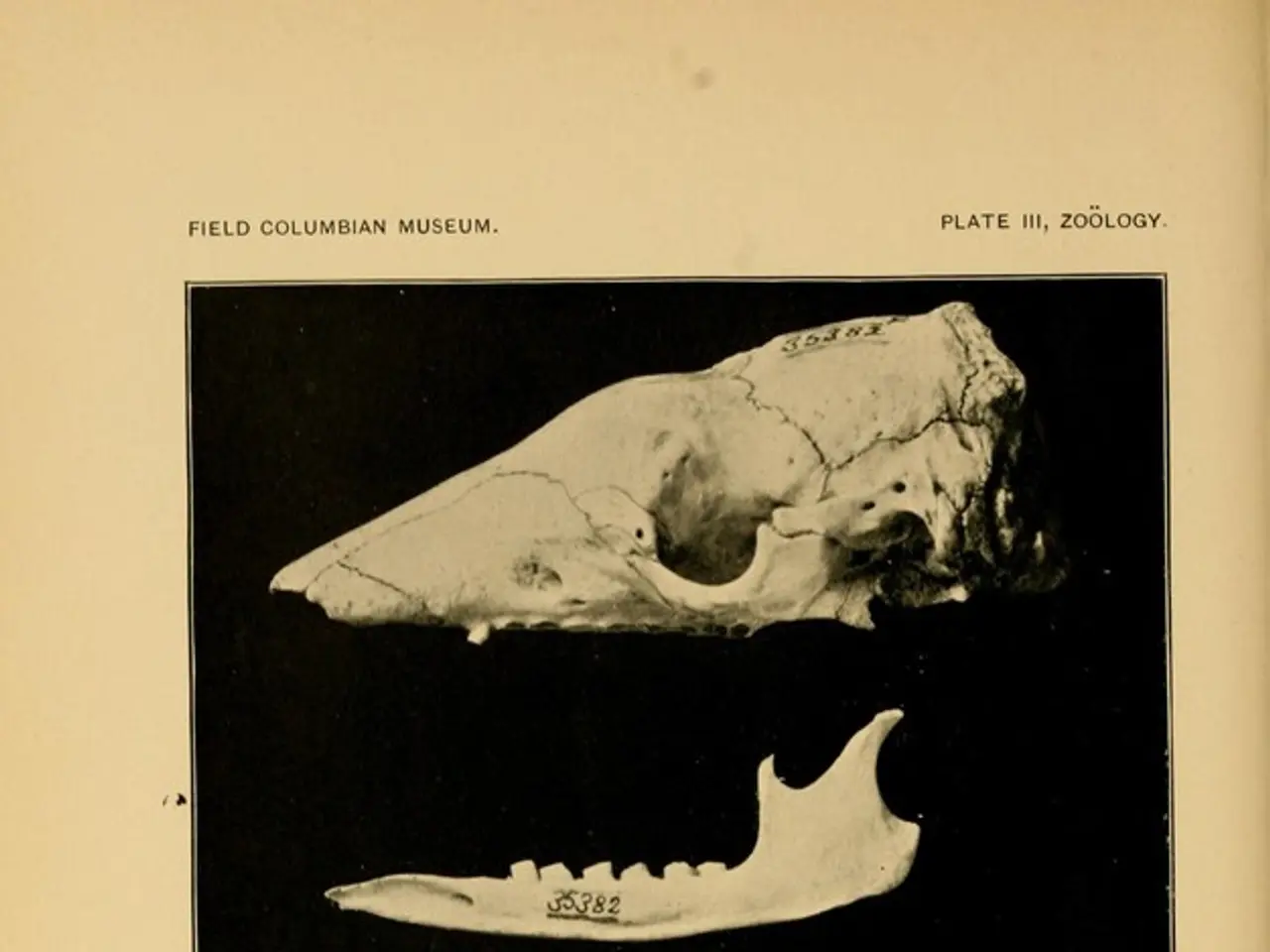Improving Health through Joint Flexibility: Insights into Joints' Role
In the journey of life, middle age can mark a turning point in our relationship with joint health. As we navigate the complexities of life, our joints play a crucial role, enabling seamless transitions between motions and supporting us in daily activities.
Evolution has crafted joints with precision and purpose, contributing to the development of complex beings. From the jaw to the feet, joints are dynamic structures that allow for movement, flexibility, and shock absorption. They are marvels of evolutionary engineering, defying gravity and enabling us to experience the world around us.
However, as we age, our joints face challenges such as arthritis, inflammation, and wear and tear. To ensure strong and flexible joints, a combination of regular exercise, proper nutrition, and mindful movement practices can be invaluable.
Low-impact exercises, such as walking, swimming, water aerobics, cycling, and elliptical training, help maintain joint mobility, strengthen muscles that support joints, and reduce pain and stiffness without overloading the joints. Strengthening exercises like bodyweight squats and step-ups build muscle around hips and knees, improving joint stability and bone density. Stretching and chair yoga enhance flexibility, expand range of motion, and reduce stiffness, being gentle enough for seniors or those with arthritis. Practices like Pilates and Tai Chi support core strength, spinal alignment, balance, and controlled movement, all beneficial for joint health and injury prevention.
A diet rich in omega-3 fatty acids, found in foods like salmon, walnuts, and flaxseeds, helps reduce joint inflammation. Plenty of colorful fruits and vegetables provide antioxidants that combat systemic inflammation detrimental to joints. Whole grains supply sustained energy without inflammatory spikes, and it's important to limit processed foods, excessive sugars, and trans fats that can increase inflammation. Some individuals may consider supplements like glucosamine and chondroitin, but medical consultation is advised before starting.
Mindful movement practices, such as yoga and tai chi, improve flexibility, balance, joint mobility, and reduce stress. Options like chair yoga offer support for limited mobility, while tai chi incorporates slow, deliberate motions and focused breathing to enhance balance and joint function. Maintaining proper body mechanics and modifying poses can prevent aggravating vulnerable joints.
Weight management is also crucial since excess body weight increases stress on weight-bearing joints, accelerating cartilage breakdown and pain.
In summary, combining regular low-impact exercise, an anti-inflammatory diet, and mindful movement practices such as yoga or tai chi creates a comprehensive approach to preserving joint health and mobility throughout aging. By treating joints with care and respect, we honor the incredible gift of flexibility they provide, ensuring our ability to navigate the complexities of life remains strong and resilient.
- As we age, it is vital to maintain strong and flexible joints, which can be achieved through a combination of regular exercise, proper nutrition, and mindful movement practices.
- A diet rich in omega-3 fatty acids and antioxidants, found in foods like salmon, walnuts, fruits, and vegetables, can help reduce inflammation that may harm joint health as we grow older.
- Maintaining and improving joint health in the aging process requires a comprehensive approach that includes a focus on fitness and exercise, nutrition, mindful movement practices, and weight management for overall joint resilience and mobility.




